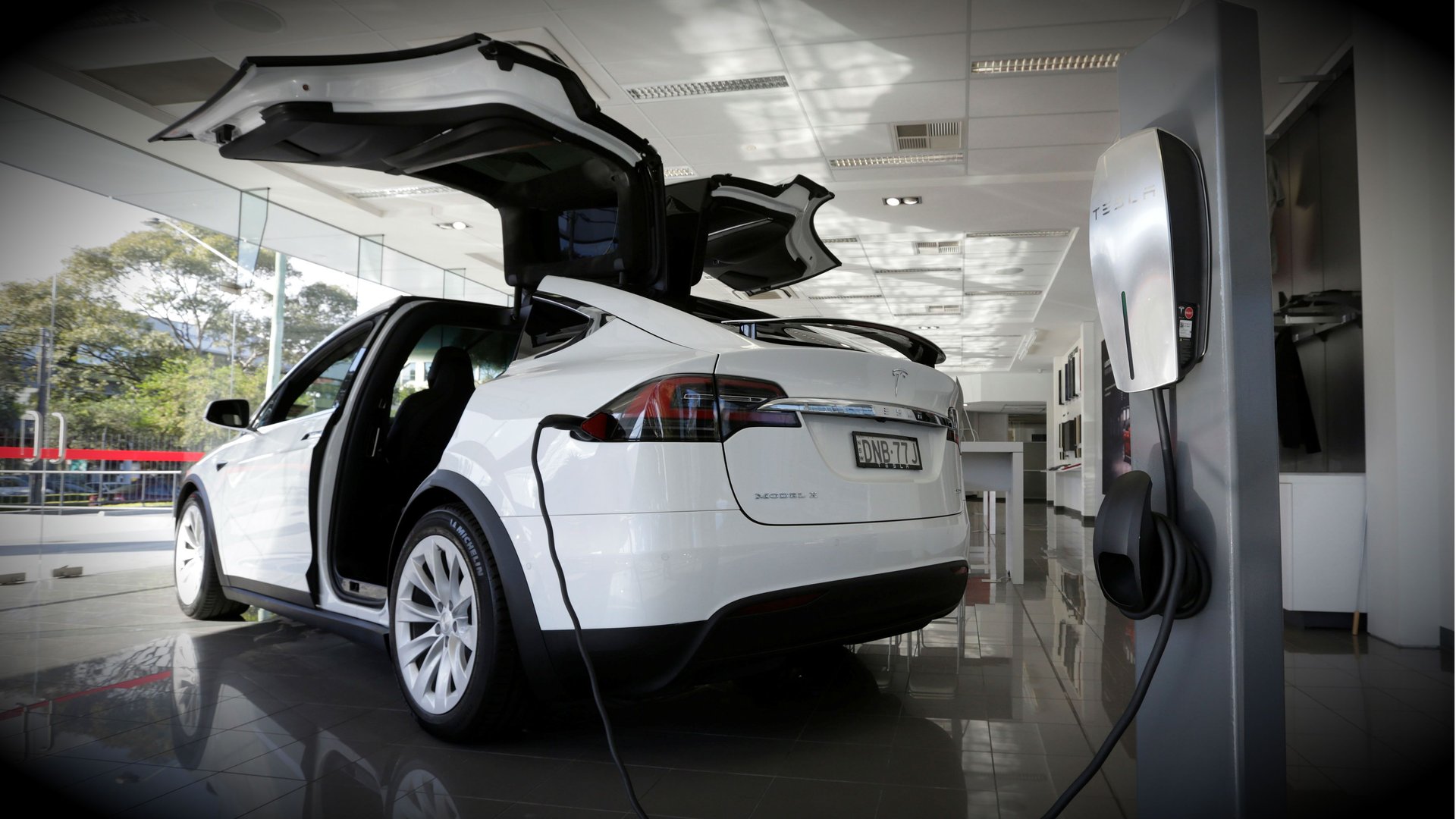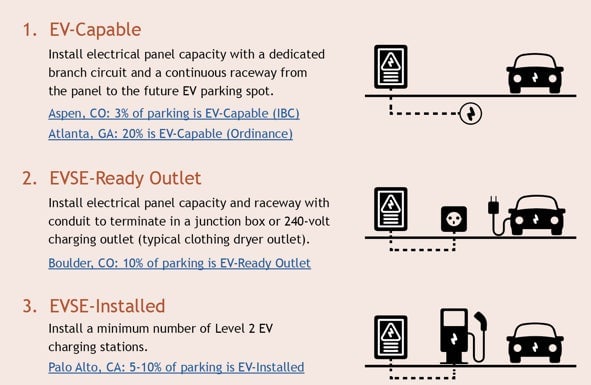New US building codes will make every home ready for electric cars
In January, the International Code Council (ICC) approved changes to building standards that preview a world in which every home has at least one electric car. The building standards organization, which sets voluntary guidelines for new homes, voted to approve a new provision that, functionally, will make all new homes built in the US “EV-ready.”


In January, the International Code Council (ICC) approved changes to building standards that preview a world in which every home has at least one electric car. The building standards organization, which sets voluntary guidelines for new homes, voted to approve a new provision that, functionally, will make all new homes built in the US “EV-ready.”
That’s a big change. Homes in the US are typically built with wiring for only a few 240-volt outlets in the garage, typically enough to handle a washer and dryer. But the ICC cites research (pdf) indicating the US will need 9.6 million new electric vehicle charging ports by 2030. Almost 80% of those will be in single and multi-family residential buildings.
So the new voluntary guidelines call for installing panels, outlets, and conduits capable of charging at least one full-size EV in a single-family garage overnight. Multi-family buildings will need two spots, along with more that can be easily retrofitted, a standard known as “EV capable.” Homeowners will still need to install their own EV charging equipment.
By issuing these EV standards now, the ICC expects building owners to save money in the long haul. Retrofitting sites with EV charging equipment such as expanded electrical panels, raceways, and pre-wiring can be much more expensive than adding to new construction: $3,550 compared to $920, according to one study.

The obscure change removes one of the biggest hidden roadblocks for EV adoption, according to the Alliance to Save Energy. Charge anxiety is rapidly gaining on range anxiety as a worry for potential EV buyers. The new codes (which look very similar to what California adopted in 2015) go a long way to make EV charging as standard as a washer-dryer, similar to how California’s newest requirements make solar panels just another home appliance.
Where will the requirements show up next? Codes by the ICC, a non-profit trade association with 64,000 members including government agencies and construction firms, are in use by all US states, as well as jurisdictions around the world. The new EV-ready provisions will appear this October as part of the 2021 International Codes. States or municipalities typically take at least six months deciding whether to adopt the latest standards (although some wait years; pdf).
Bob Raymer of the California Building Industry Association says that the new standards are likely to be picked up quickly since homeowner demand is high, and the cost is relatively low. Building codes requiring EV-ready construction already exist in Atlanta, Denver, Seattle, and California. “My best guess is that at least half the states in the nation will be adopting these new national provisions,” he wrote by email.